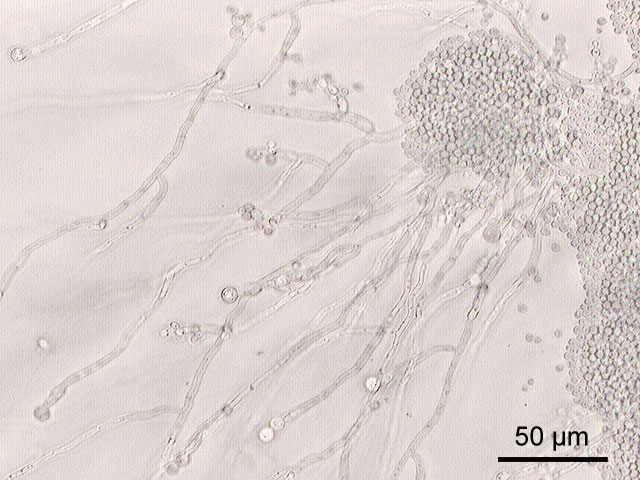
This is the fancy (read: Latin) name for yeast overgrowth in the body. As part of my eternal quest for health (ok, and thinness), I ordered this book from The Co-op.
I had been suspicious for a while that I have candida. I am not in the minority. "Three our of four females will experience at least one episode of Candida and most of these will suffer from recurrent infection" ( Tenney 7). I used to eat excessive amounts of sugar, even when I thought I was in good health. There are proportionately massive amounts of sugar in processed foods, which I also used to consume regularly. In high school, I would eat a Carmel Apple lollypop for lunch and pretzels for dinner. I thought I was being "healthy" by not eating a lot of food, but I was destroying the delicate balance of my body. God did not intend for us to eat the way many of us eat. From Tenney's book, Candida Albicans, p.7, here are some frightening statistics:
In one year, the Average American consumes:
100 lbs. refined sugar
200 sticks of gum
63 dozen doughnuts
20 gallons ice cream
300 cans soda pop
18 lbs. sweets and candy
50 lbs cakes and biscuits
Holy cow. Tenney gets her stats from Michael Murray's Encyclopedia of Natural Medicine, which was published in 1991. Those numbers have to be even bigger now. Anyway, there is a direct correlation between how much sugar you eat and your being affected by candida. It is a single-celled fungus (eeew!) which releases poisons into your body as it multiplies. It gets into the bloodstream. A by-product of candida is ethanol (an alcohol) which also grows quickly. Ethanol, along with acetaldehyde- related to formaldehyde- wreaks havoc with nerve function and fatty acid oxidation, among other things (6).
How does the yeast grow and thrive in our bodies? Sugar. White, brown, refined, unprocessed, milk sugar, honey, molasses, whatever. If it makes your food sweet, it feeds the yeast (fake sugar is the topic of another important lecture). Internally, candida can be causing nutrient deficiencies, upsetting normal intestinal flora, and supressing our immune systems. Externally, symptoms include eczema, psoriasis, acne, nail infections, and rashes. Physiologically, it can cause food allergies, intestinal upset, horrid PMS symptoms, and thyroid and adrenal glad problems.
Sometimes, candida manifests itself as nail infections or the dreaded female "yeast infection". An antifungal is often prescribed. Occasionally, physicians will misdiagnose and prescribe antibiotics for a candida infections, which makes problems worse. A broad-spectrum antibiotic further messes with your intestinal tract by killing of friendly flora as well as the bad stuff. Some conditions necessitate pharmaceuticals to rectify the situation. This is not one of them. It is hard to do, but one must cut all sugar from the diet. The fungus, having nothing to feed on, will eventually starve and die off.
"All sugar" means any processed foods, lunchmeats, dairy products (lactose is a sugar), fruit for a while, bread, alcohol, whie flour products, and the obvious sweet offenders. This is not easy to do. I have a huge sweet tooth. I have not been able to cut sugar out completely, but when I do, I feel so much better. Sugar is a drug, anyway (we'll discuss Sugar Blues soon), so my body feels better without the unnatural, addictive substances in it.

2 comments:
Loved this post. You are educating me! I haven't read Sugar Blues yet, so I look forward to hearing what you have to share.
And you mentioned the co-op! I love the co-op. :)
I do the love co-op. Sugar Blues is amazing. It will have to be a long blog. There is so much valuable information. My favorite convicting part is that people used to use it like a drug! And that's what giant corporations are marketing to the children, legally. It makes me want to go clean something. Thanks for writing, friend.
Post a Comment